Environmental Considerations
Protecting the Environment During the Project
Protecting the environment during the construction of the Imjin Parkway Widening & Roundabout Project is of utmost importance to our team. We are committed to implementing necessary measures and following best management practices to ensure minimal impact on the surrounding ecosystem. As we work towards connecting the Monterey Peninsula and the greater Salinas Valley, we strive to preserve the natural beauty and ecological balance of the area. Through careful planning and execution, we aim to create a sustainable and eco-friendly project that benefits both the community and the environment.
Overview
Environmental Laws, Regulations, and Penalties
Sensitive Habitats
Special-Status Plant Species
Protected Trees
Special-Status Wildlife Species
Best Management Practices
Overview
This page provides an overview of the sensitive biological resources in the project area, relevant environmental laws and penalties, general environmentally-protective work practices, the responsibilities of project personnel and biological monitors, and who to contact if an environmentally-related situation arises or if you have an environmentally-related question.
Environmental Laws, Regulations, and Penalties
The following environmental laws, regulations, and penalties are applicable to the project:
Federal Endangered Species Act
The federal Endangered Species Act (ESA) prohibits the take of endangered and threatened wildlife.
California Endangered Species Act
The California Endangered Species Act (CESA) prohibits the take of endangered and threatened wildlife.
Fort Ord Installation-Wide Multispecies Habitat Management Plan
The Fort Ord Installation-Wide Multispecies Habitat Management Plan (Fort Ord HMP) establishes guidelines for the conservation and management of species and habitats on former Fort Ord lands by identifying lands that are available for development, lands that have some restrictions with development, and habitat reserve areas.
California Fish and Game Code
The State Fish and Game Code prohibits the take of plant and animals that are fully protected in California, nesting avian species, and protects certain areas designated as sensitive habitat.
Violations of state environmental laws can result in penalties including fines as high as $100,000 and/or up to one year in jail. Violations can involve corporate and individual penalties.
Sensitive Habitats
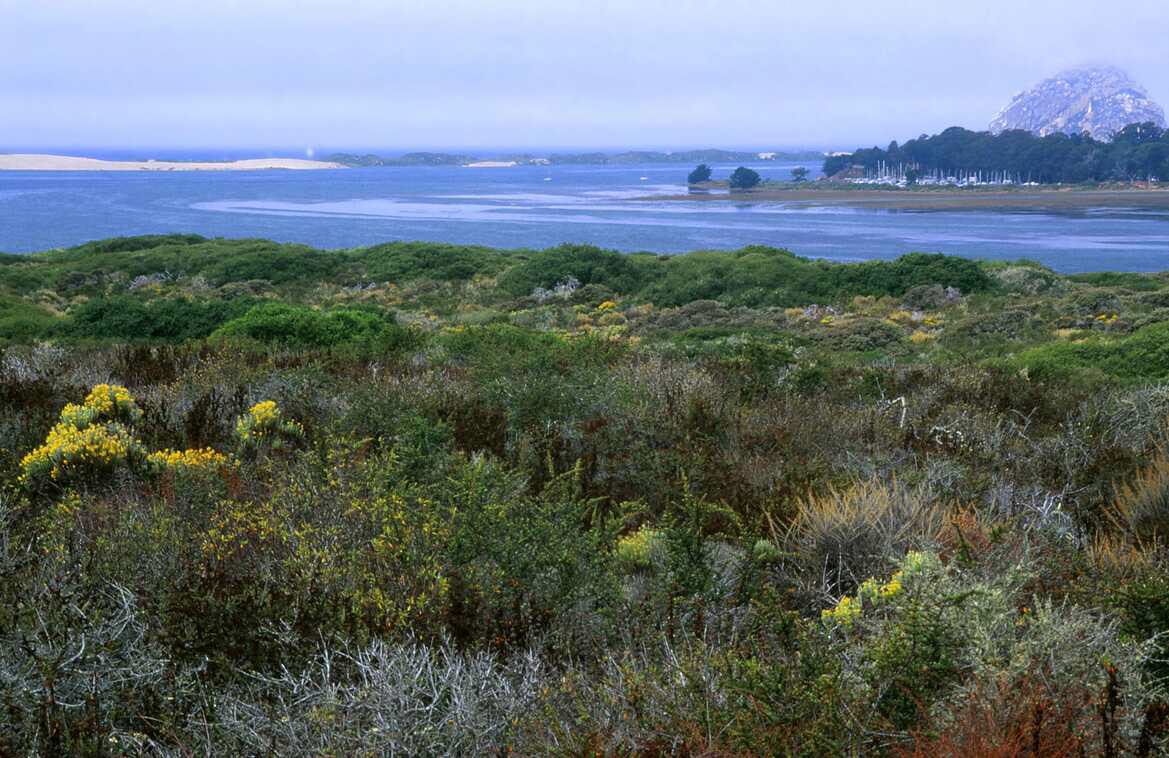
Central Maritime Chaparral
Central Maritime Chaparral habitat, which is identified as a sensitive habitat on the CDFW’s Natural Communities List (CDFW 2023) and the Fort Ord HMP, was identified within the project site.
Special-Status Plant Species

Monterey gilia
Gilia tenuiflora ssp. arenaria
Description:
Small annual plant with white and purple funnel-shaped flowers at the end of long stems that grow from a rosette of leaves.
Habitat:
Maritime chaparral, cismontane woodland, coastal dunes, and coastal scrub, on sandy soils and at elevations of 0 to 45 meters. Annual herb in the Polemoniaceae; blooms April-June.

Monterey spineflower
Chorizanthe pungens var. pungens
Description:
This plant is a semi-flat-lying annual. It has basal leaves, grayish hairy stems up to a foot long, and dense, head-like clusters of minute white flowers within a six-parted, pink floral envelope, each segment of which ends in a recurved spine.
Habitat:
Maritime chaparral, cismontane woodland, coastal dunes, coastal scrub, and valley and foothill grassland on sandy soils at elevations of three to 450 meters. Annual herb in the Polygonaceae family; blooms April-July.
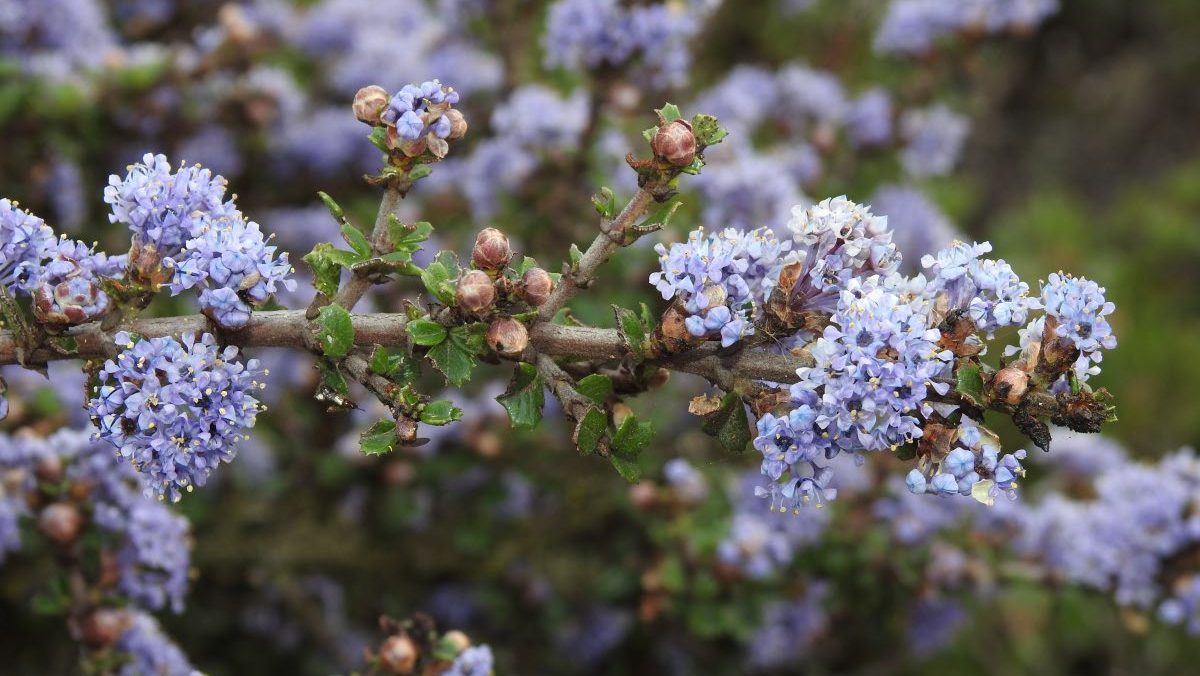
Monterey ceanothus
Ceanothus rigidus
Description:
Erect to mounded shrub with gray-brown bark. Dark green, shiny leaves opposite, obovate to round. Evergreen shrub in the Rhamnaceae family, blooms February-June.
Habitat:
Closed cone coniferous forest, chaparral, and coastal scrub on sandy soils at elevations of 3-550 meters.
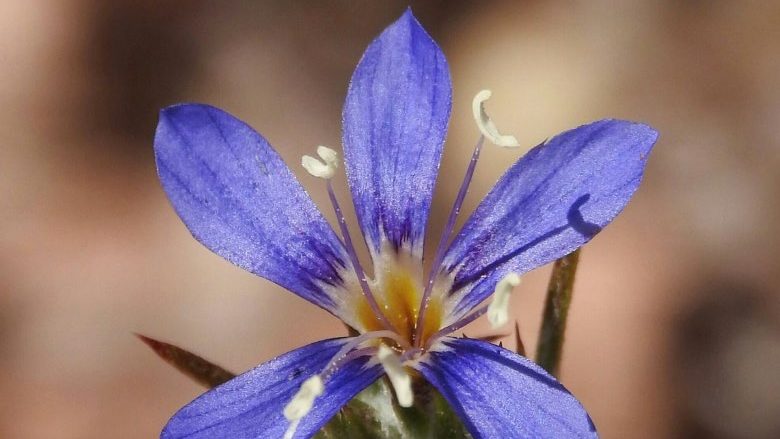
Virgate eriastrum
Eriastrum virgatum
Description:
Eriastrum virgatum is a species of flowering plant in the phlox family. It is an annual herb producing a thin, usually woolly stem up to about 40 centimeters tall. The leaves are narrow and thick, up to 5 centimeters long, and sometimes divided into two narrow lobes. The inflorescence is a woolly cluster of narrow, leaflike bracts laced with webby fibers. The flowers have yellow throats and bright blue corollas with lobes up to a centimeter long.
Habitat:
It is endemic to California, where it is known the coastline and coastal mountain ranges of Monterey and San Benito Counties. Coastal bluff scrub, chaparral, coastal dunes, coastal scrub in sandy soil. Elevation 148-2296 ft.
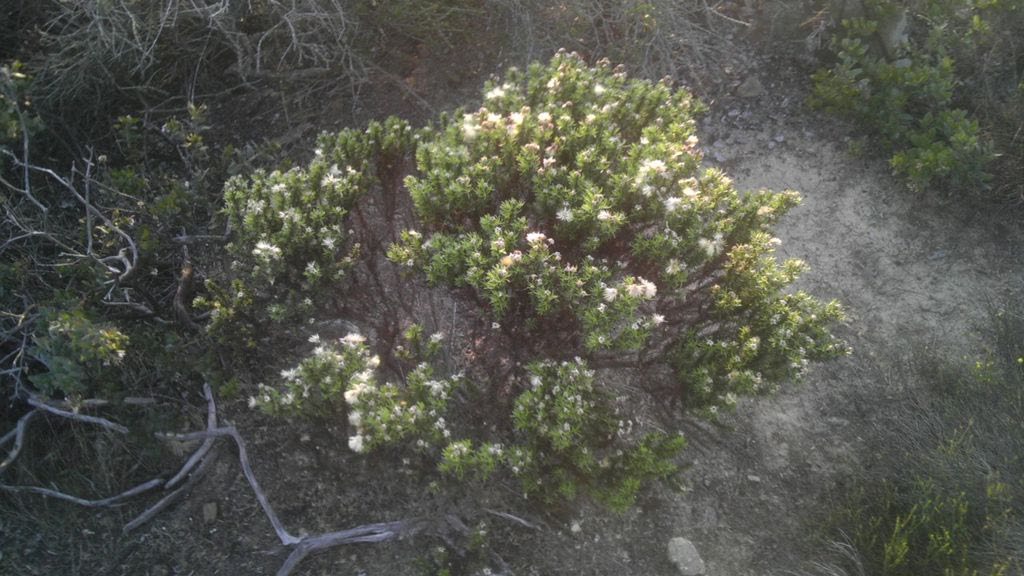
Eastwood’s goldenbush
Ericameria fasciculata
Description:
Erect shrub with cylindric, sparsely hairy clusters of short leaves. Flowers yellow to tan colored, seeds dandelion-like. Evergreen shrub in the Asteraceae family; typically blooms July-October.
Habitat:
Openings in closed-cone coniferous forest, maritime chaparral, coastal dunes, and coastal scrub on sandy soils at elevations of 30-275 meters.
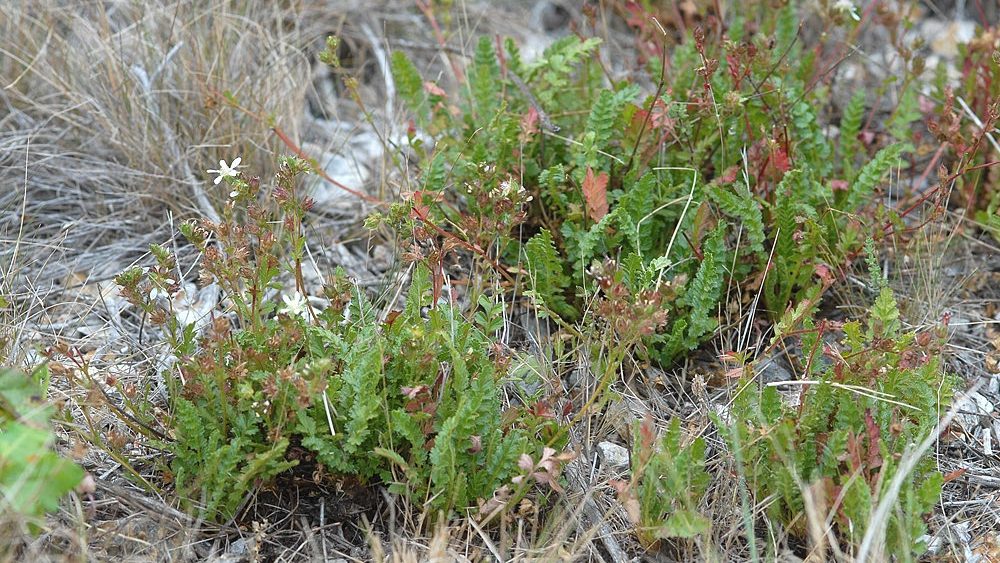
Kellogg’s horkelia
Horkelia cuneata var. sericea
Description:
Perennial herb producing erect green or red stems up to 70 centimeters tall. Leaves are up to 30 centimeters long and are toothed, oval shaped leaflets each one or two centimeters long.
Habitat:
Openings of closed-cone coniferous forests, maritime chaparral, coastal dunes, and coastal scrub on sandy soils.
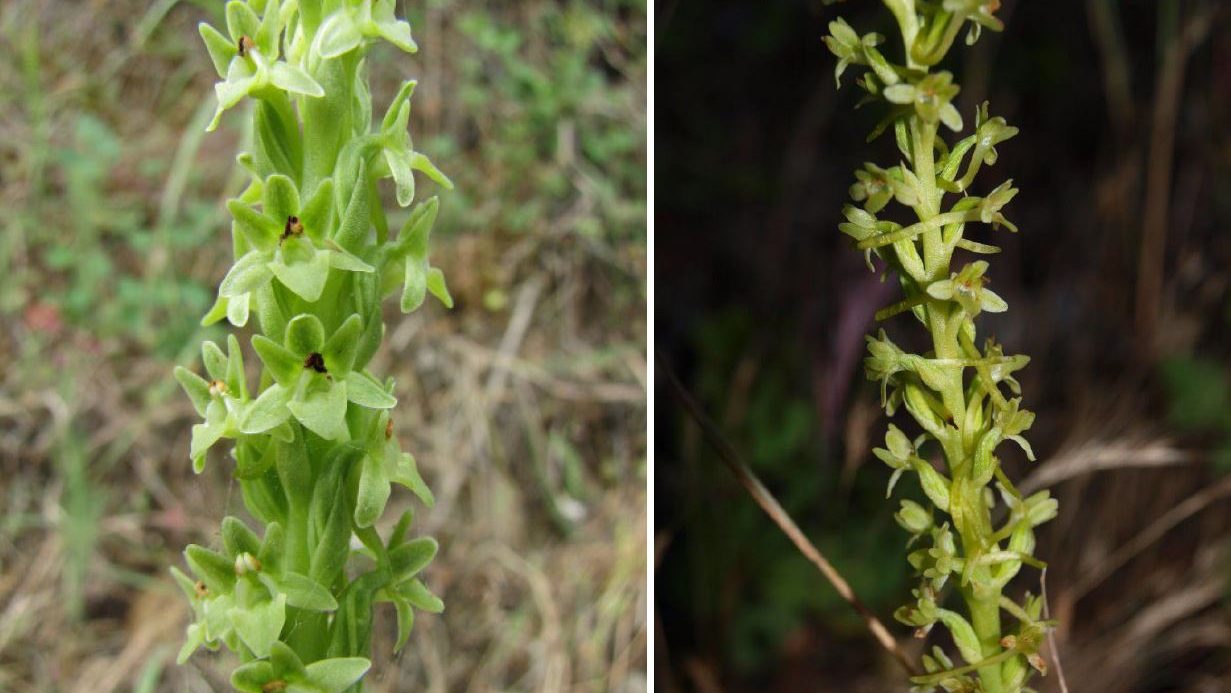
Michael’s rein orchid
Piperia michaelii
Description:
Piperia michaelii is an uncommon species of orchid known by the common names Michael’s rein orchid and Michael’s piperia. This orchid grows erect to about 70 centimeters in maximum height from a bulbous caudex. The basal leaves are up to 24 centimeters long.
Habitat:
It is endemic to California, where it is known from the coastal plains, hills, and mountains, and the Sierra Nevada foothills. It can be found in varied habitats, including scrub, woodland, and forest.
Protected Trees
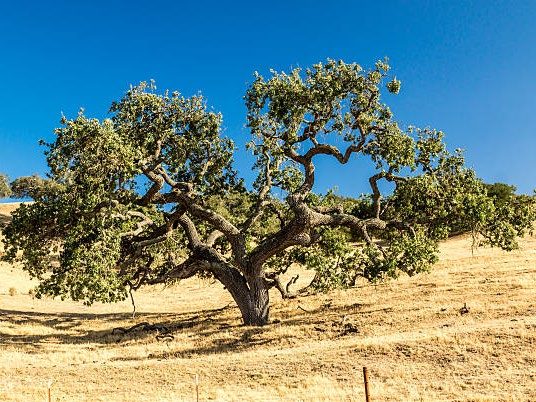
Coast Live Oak
Quercus agrifolia

Monterey Cypress
Hesperocyparis macrocarpa
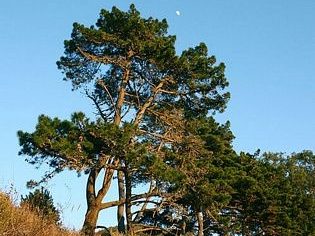
Monterey Pine
Pinus radiata
Special-Status Wildlife Species

Smith’s Blue Butterfly
Euphilotes enoptes smithi
Description:
The Smith’s blue is a small butterfly, slightly less than one inch across, endemic to the central coast of California. The undersides of its wings are white-gray, speckled with black dots, and have a band of red-orange marks crossing the hind-wings near the outer edge.
Habitat:
The species relies on the presence of its host plants, dune buckwheat and coast buckwheat (Eriogonum sp.), in which they are associated for their entire life span. There is also a potential for SBB to use naked buckwheat (E. nudum) within a range of the obligate host species.
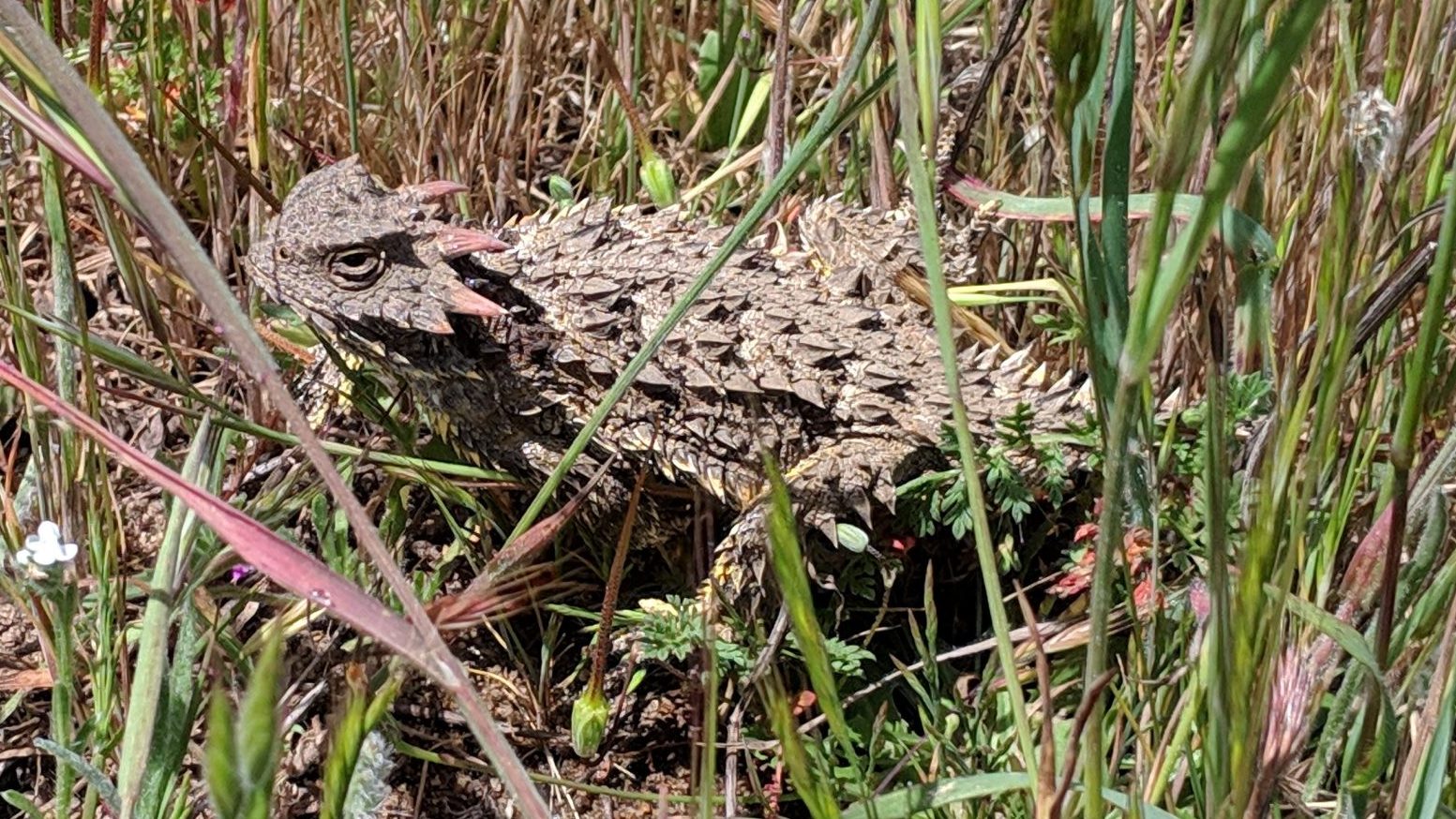
Coast horned lizard
Phrynosoma blainvillii
Description:
Coast horned lizard is a flat-bodied lizard with a wide oval-shaped body. Adults can vary in length from 2.5-4.5 inches (snout to vent) and have enlarged pointed scales scattered on the upper body and tail, and a large crown of horns or spines on the head. The species vary in color from reddish, brown, yellow, or gray, with dark blotches on the back and large dark spots on the sides of the neck. Coast horned lizards rely on camouflage for protection and will often lay motionless when approached. Horned lizards often bask in the early morning on the ground or on elevated objects such as low boulders or rocks.
Habitat:
Horned lizards occur in valley-foothill hardwood, conifer, and riparian habitats, as well as in pine-cypress, juniper, chaparral, and annual grass habitats. This species generally inhabits open country, especially sandy areas, washes, flood plains, and wind-blown deposits in a wide variety of habitats.
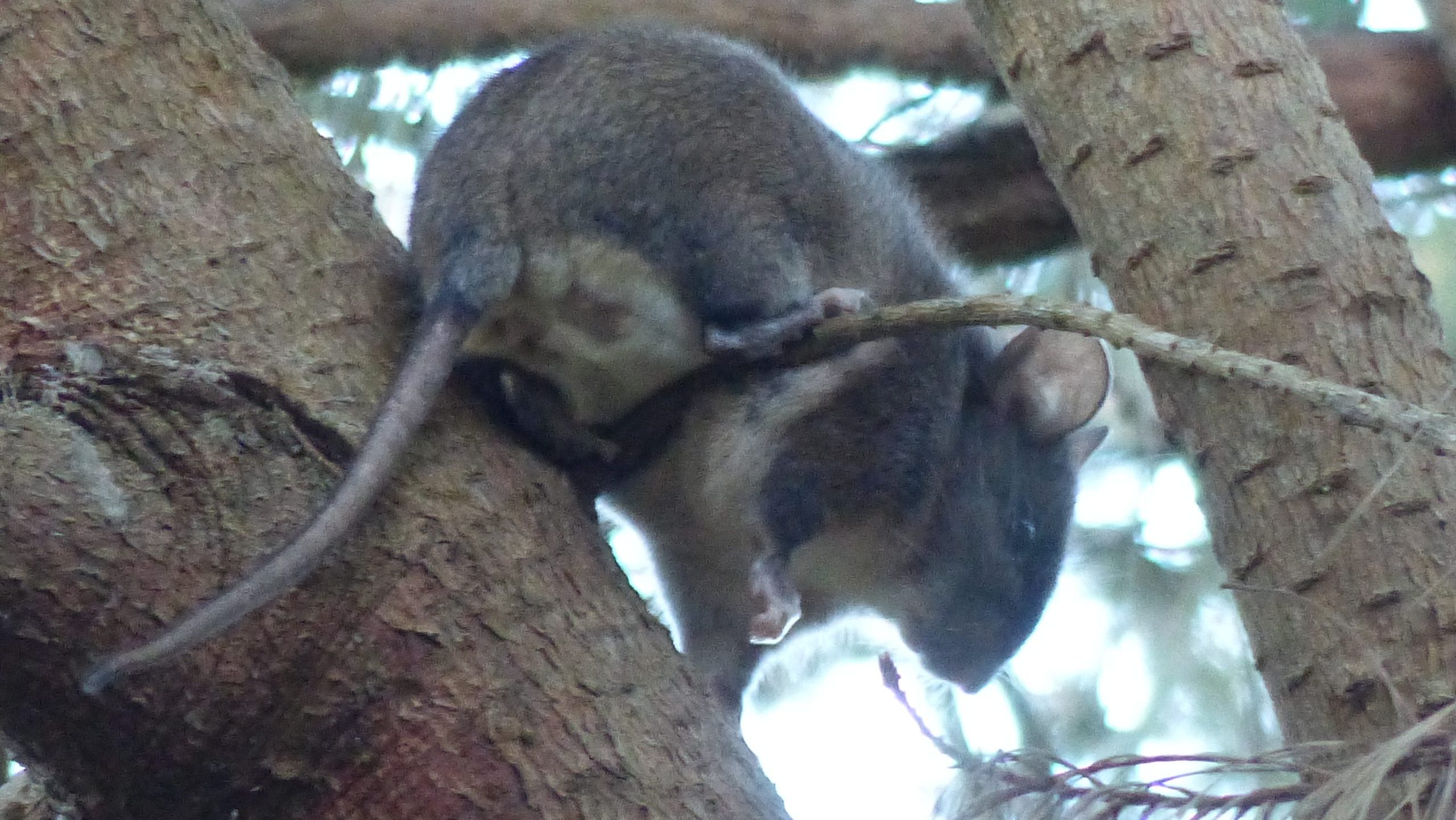
Monterey Dusky-Footed Woodrat
Neotoma fuscipes luciana
Description:
Medium-sized rodent. The head and body length range from 7 to 9 inches long with a tail length of 6 to 8 inches. The body coloring is brown/grey with white/grey underside and white/dusky coloring on feet. The woodrats have a hairy brown trail usually with a lighter underside, and large ears.
Habitat:
Frequently found in forest and woodland habitats with moderate canopy cover and a moderate to dense understory; however, they may also be found in scrub and chaparral communities. Relatively large nests are constructed of grass, leaves, sticks, and feathers and are built in protected spots, such as rocky outcrops or dense brambles of blackberry and/or poison oak.
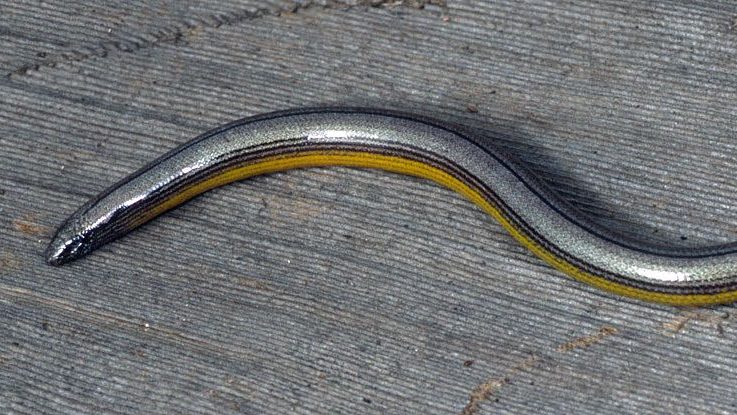
Northern California legless lizard
Anniella pulchra
Description:
The California legless lizard is a fossorial (burrowing) species that typically inhabits sandy or loose (friable) soils. The California legless lizard forages on invertebrates beneath the leaf litter or duff layer at the base of bushes and trees or under wood, rocks, and slash in appropriate habitats. Little is known about the specific habitat requirements for courtship and breeding; however, the mating season for this species is believed to begin late spring or early summer, with one to four live young born between September and November.
Habitat:
Habitats known to support this species include (but are not limited to) coastal dunes, valley and foothill grasslands, chaparral, and coastal scrub at elevations from near sea level to approximately 1800 meters (6000 feet).
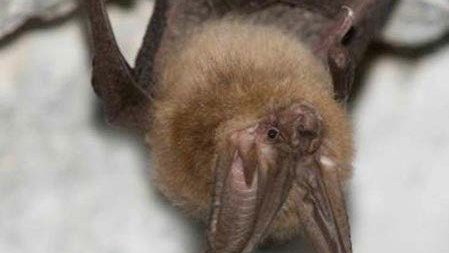
Townsend’s big eared bat
Corynorhinus townsendii
Description:
Townsend’s big-eared bat is a medium-sized bat with extremely long, flexible ears, and small yet noticeable lumps on each side of the snout. Its total length is around 10 cm (4 in.), its tail being around 5 cm (2 in) and its wingspan is about 28 cm (11 in).
Habitat:
Found in rural and urban settings from inland deserts to coastal redwoods, oak woodland, grassland and low to mid-elevation mixed coniferous-deciduous forests. Typically roost during the day in tree cavities, tree foliage, bark crevices, limestone caves, lava tubes, and mines, but can roost in buildings that offer suitable conditions. Night roosts are in more open settings and include bridges, rock crevices, and trees.
Environmental Best Management Practices
- Access routes and the number and size of staging, access and work areas shall be limited to existing paved surfaces, graveled, or other previously compacted surfaces as identified in the Project plans. Movement of heavy equipment to and from the site shall be restricted to established roadways. Project activities shall confine all project related parking, storage areas, laydown sites, equipment storage, vehicles, and supplies and any other construction activities to the project work limits using, to the extent possible, previously disturbed areas. Additionally, Permittee shall not use or cross-habitat outside of the marked project work limits. During construction operations, stockpiling of construction materials, portable equipment, vehicles, and supplies shall be restricted to the designated construction staging areas.
- Routes and boundaries shall be clearly marked prior to initiating ground disturbance.
- All food and food-related trash items shall be enclosed in sealed trash containers and removed weekly.
- No pets from project personnel shall be allowed anywhere in the limits of disturbance.
- All equipment shall be maintained such that there shall be no leaks of automotive fluids such as gasoline, oils, or solvents, and a Spill Response Plan shall be prepared.
- Hazardous materials such as fuels, oils, and solvents shall be stored in sealable containers in a designated location that is at least 100 feet from storm drain inlets.
- No firearms shall be allowed except for those carried by authorized security personnel, or local, State or federal law enforcement officials.
- No discharge of pollutants from vehicle and equipment cleaning shall be allowed into any storm drains or watercourses.
- Vehicle and equipment fueling, and maintenance operations shall be at least 50 feet away from storm drain inlets and watercourses, except at established commercial gas stations or established vehicle maintenance facilities.
- Dust control shall include use of water trucks and dust palliatives to control dust in excavation and fill areas and covering temporary stockpiles when weather conditions require.
- Silt fence, biodegradable coir rolls, or straw wattles shall be installed along or at the base of slopes during work to control sediment transport.
- Protection of graded areas from erosion shall be implemented using a combination of silt fences, biodegradable fiber rolls along toes of slopes or along edges of designated staging areas, and biodegradable erosion control mat (such as jute or coir) as appropriate on sloped areas.
- Beyond the limits of cut and fill slopes, a native seed mix shall be applied to temporarily disturbed areas that do not contain special-status species or their habitat. The seed mix would be the same as the seed mix applied to cut and fill slopes.
